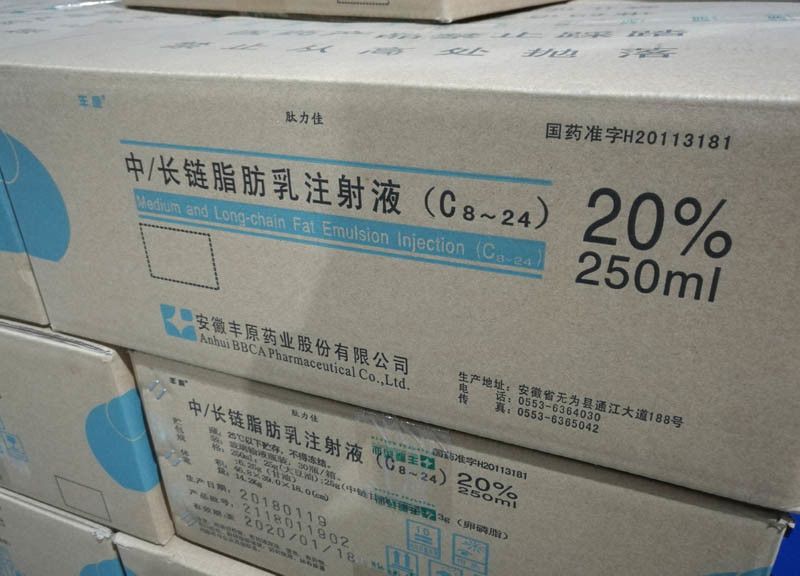
Infants and Children: IV: Usual reported dose: 2 g/kg/day reported range: 1.5 to 3.5 g/kg/day with the majority of experience in home parenteral nutrition patients dosing based on a prospective, randomized, double-blind active controlled trial, and a retrospective cohort comparison. Parenteral Nutrition: Limited data available: Dosing: GeriatricĮnergy expenditure and requirements may be lower in these patients refer to adult dosing. At the onset of therapy, observe patient for any immediate allergic reactions (eg, dyspnea, cyanosis, fever). Note: Fat emulsion should not exceed 60% of the total daily calories. However, a low risk of cross-reactivity between soy and peanuts may exist.Ĭanadian labeling: Additional contraindications (not in US labeling): Severe hepatic insufficiency severe blood coagulation disorders severe renal insufficiency without access to hemofiltration or dialysis acute shock acute pulmonary edema hyperhydration decompensated cardiac insufficiency unstable conditions (eg, severe post-traumatic conditions, uncompensated diabetes mellitus, acute MI, CVA, embolism, metabolic acidosis, severe sepsis, hypotonic dehydration) Dosage and Administration Dosing: AdultĬaloric/fatty acid source: IV: 1 to 2 g/kg/day daily dose may be infused over 12 to 24 hours maximum: 2.5 g/kg/day. Note: Although the manufacturer's labeling lists hypersensitivity to peanut protein as a contraindication, the product does not contain peanut protein. Hypersensitivity to fish, egg, soybean, or any other component of the formulation severe hyperlipidemia or severe disorders of lipid metabolism characterized by hypertriglyceridemia (serum triglyceride concentrations >1,000 mg/dL). Pharmacokinetics/Pharmacodynamics Metabolismįatty acids, phospholipids, and glycerol are metabolized by cells to adenosine triphosphate (ATP), carbon dioxide, and water Excretionīiliary (phospholipids) Use: Labeled IndicationsĬaloric/fatty acid source: Source of calories, essential fatty acids, and omega-3 fatty acids for adults requiring parenteral nutrition. SMOFlipid: 20% (100 mL, 250 mL, 500 mL, 1000 mL) Pharmacology Mechanism of Actionįat emulsion is metabolized and utilized as an energy source provides fatty acids (linoleic acid, oleic acid, caprylic acid, palmitic acid, capric acid, stearic acid, and alpha linolenic acid) and omega-3 fatty acids docosahexaenoic acid (DHA) and eicosapentaenoic acid (EPA) necessary for normal structure and function of cell membranes. Hepatic Dose : Use with caution in patients with severe hepatic impairment.Excipient information presented when available (limited, particularly for generics) consult specific product labeling.Įmulsion, Intravenous : Fat emulsion is contraindicated in patients with disturbances of normal fat metabolism such as pathologic hyperlipemia, lipoid nephrosis or acute pancreatitis if accompanied by hyperlipidemia.Įarly adverse reactions: Cyanosis, allergic reactions, dyspnea, hyperlipidemia, hypercoagulability, vomiting, nausea, flushing, headache, increase in temperature, sweating, sleepiness, pain in the chest and back, dizziness, slight pressure over the eyes, and irritation at the site of infusion, and, rarely, thrombocytopenia in neonates.ĭelayed adverse reactions: Hepatomegaly, jaundice due to central lobular cholestasis, leukopenia, thrombocytopenia, splenomegaly, transient increases in liver function tests, and overloading syndrome (fever, leucocytosis, focal seizures, hepatomegaly, splenomegaly and shock). Should make up no more than 60% of the total caloric input to the patient.



if no untoward reactions occur, the rate can be changed to permit infusion of 0.5 ml of 20% IV fat emulsion/kg/hour. Infusion rate: Not more than 0.05 ml/minute for the first 10 to 15 minutes.


 0 kommentar(er)
0 kommentar(er)
